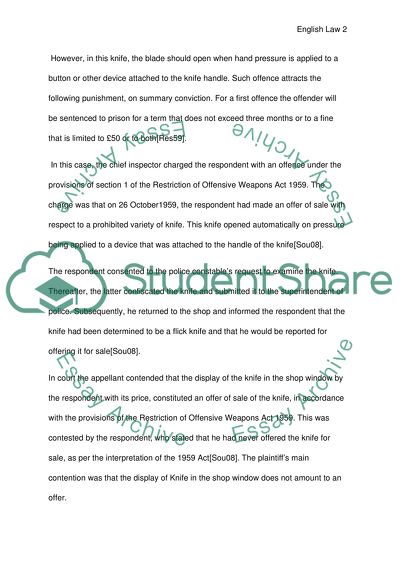Cite this document
(“English legal system case report Essay Example | Topics and Well Written Essays - 1750 words”, n.d.)
Retrieved from https://studentshare.org/law/1608586-english-legal-system-case-report
Retrieved from https://studentshare.org/law/1608586-english-legal-system-case-report
(English Legal System Case Report Essay Example | Topics and Well Written Essays - 1750 Words)
https://studentshare.org/law/1608586-english-legal-system-case-report.
https://studentshare.org/law/1608586-english-legal-system-case-report.
“English Legal System Case Report Essay Example | Topics and Well Written Essays - 1750 Words”, n.d. https://studentshare.org/law/1608586-english-legal-system-case-report.


